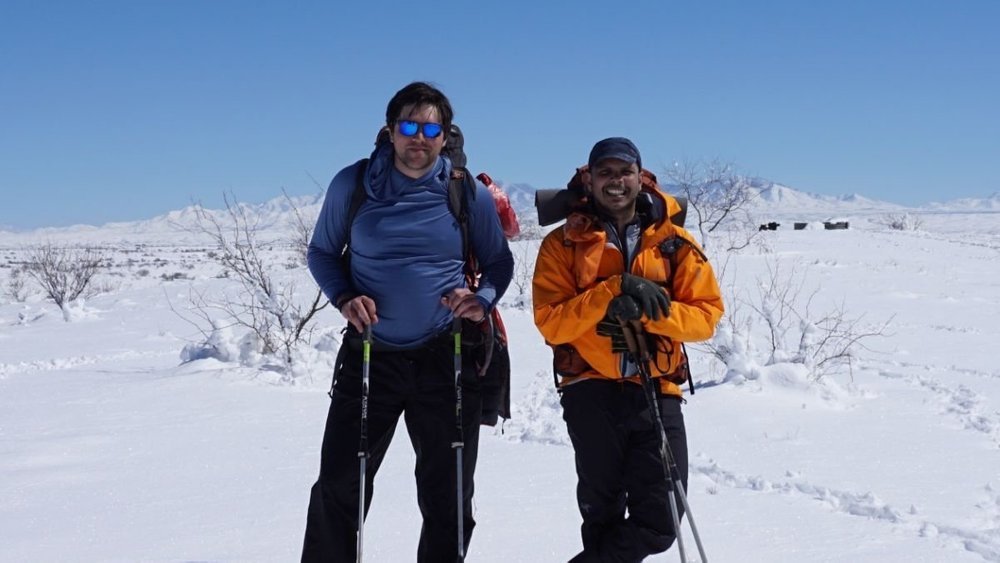
1. Choose the Right Campsite
The success of your trip starts with choosing the right location. Consider the following when picking a campsite:
- Proximity to water sources (but not too close to avoid flooding)
- Level ground for tent setup
- Access to toilets or restrooms if needed
- Distance from wildlife zones
- Weather forecast for the region
If you’re camping in a national park, make sure to book your site in advance, especially during peak seasons.
2. Make a Packing Checklist
Forget one item, and it could throw off your whole trip. Use a checklist to make sure you’ve packed all the essentials:
- Tent, stakes, and rainfly
- Sleeping bag and sleeping pad
- Cooking equipment (stove, fuel, lighter, utensils)
- Food and snacks
- Water and purification tablets or filters
- First aid kit
- Weather-appropriate clothing
- Flashlight or headlamp with extra batteries
Always pack a few extras—like duct tape, rope, or multi-tools—that can come in handy in unexpected situations.
3. Test Your Gear Before the Trip
There’s nothing worse than getting to the campsite and realizing your tent is missing parts or your stove won’t light. Always test your equipment at home before leaving. Set up your tent in the backyard, light your stove, and check that your air mattress doesn’t leak.
4. Plan Meals in Advance
Decide what you’ll eat for each meal and prep as much as you can before heading out. Pre-chopping veggies, marinating meat, and measuring out ingredients can save time and effort at the campsite. Bring easy, no-cook options like granola bars, trail mix, and sandwiches for quick meals or snacks.
5. Follow Leave No Trace Principles
Respect nature by following the Leave No Trace guidelines:
- Pack out all trash
- Don’t disturb wildlife
- Camp on durable surfaces
- Minimize campfire impact
- Leave what you find (rocks, plants, etc.)
- Respect other campers’ space and quiet
These practices ensure that nature stays beautiful for everyone to enjoy.
6. Stay Safe and Be Aware of Your Surroundings
Safety should always come first:
- Store food securely to avoid attracting animals
- Keep a map, compass, or GPS handy
- Tell someone your camping location and return date
- Carry a whistle for emergencies
- Check for fire bans and weather alerts
Knowing basic first aid and how to react in emergencies is also crucial.
7. Dress in Layers and Prepare for the Weather
Weather can be unpredictable in nature. Dress in moisture-wicking base layers, insulating mid-layers, and waterproof outer layers. Bring a warm hat, gloves, and extra socks. Even in summer, nighttime temperatures can drop significantly.
8. Make Time to Relax and Have Fun
Remember, camping is about enjoying the outdoors! Bring along a good book, a deck of cards, or a camera. Explore hiking trails, sit around the campfire, and take time to relax and recharge.
Final Thoughts
Camping doesn’t have to be complicated. With the right preparation and mindset, it can be one of the most rewarding experiences. By following these tips, you’ll be well on your way to a safe, fun, and stress-free outdoor adventure. So pack your bags, grab your tent, and let nature do the rest!
Let me know if you want this styled for a blog, Pinterest post, or turned into a PDF guide!
